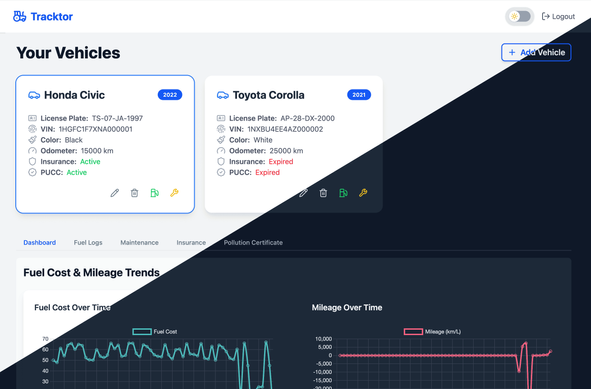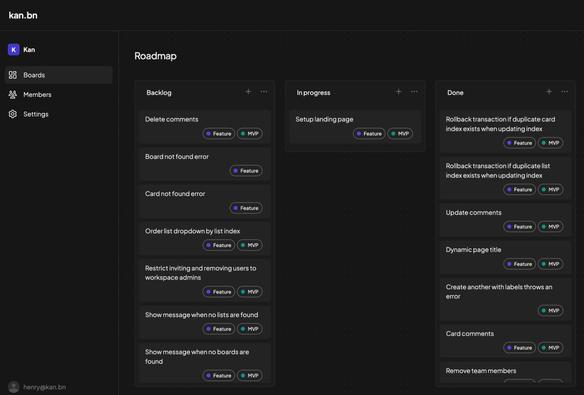So, if I had and old desktop computer lying around and a home internet connection, how easy would it be to turn it into a very basic server. I have few skills but can follow a recipe. I don't want to do anything much more complicated than having an ftp server to store files and a CalDev server. At most I might be tempted to run wordpress so that I can not blog.
Is it has simple as installing Debian, and any other software, giving the machine a static IP and then sorting out a DNS registration? Do I even need the later if I don't want to use WordPress?





